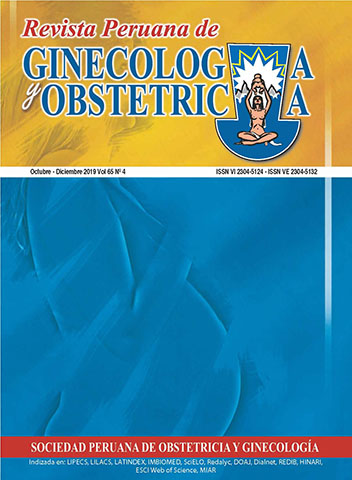Treatment of iron-deficiency anemia during pregnancy and the puerperium
DOI:
https://doi.org/10.31403/rpgo.v65i2220Abstract
Anemia, the most common hematological abnormality in the world, is a reduction in concentration of erythrocytes or hemoglobin in blood. The most frequent cause of anemia in pregnancy is nutritional-derived iron deficiency, and in the puerperium, acute blood loss. Iron requirements increase during pregnancy, and failure to maintain iron levels may lead to serious and adverse consequences for both the mother and the developing fetus and newborn. From a global perspective, anemia during pregnancy is more frequent and severe in countries with poor social and economic development. Consensus recommendations define anemia as hemoglobin level (Hb) <10.5 g / dL during pregnancy and <10 g / dL during the postpartum period, cut-off values to initiate therapy with oral iron, intravenous iron or red blood cell transfusion. This paper attempts to compile recommendations for a safe and effective treatment in order to reduce the morbidity and mortality associated with nutritional-derived iron deficiency in pregnant women and / or acute blood loss in the postpartum.Downloads
Download data is not yet available.
Downloads
Published
2019-10-14
How to Cite
Alegría Guerrero, R. C., Gonzales Medina, C. A., & Huachín Morales, F. D. (2019). Treatment of iron-deficiency anemia during pregnancy and the puerperium. The Peruvian Journal of Gynecology and Obstetrics, 65(4), 503–509. https://doi.org/10.31403/rpgo.v65i2220
Issue
Section
Simposio - Anemia en la gestación
















